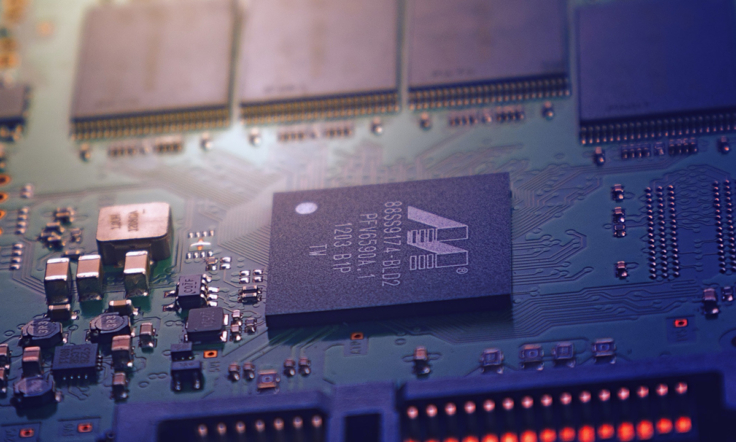
Embedded system is microprocessor-based computer software system. It is designed to perform specific function as independent system or as a part of a big system. There is an integrated circuit in core designed to do calculations for real time processes.
The complexities can be changed from simple user interface to complex graphic user interface, from a single micro inspector to bound environment units and a processor team that have networks. The complexity of embedded system is changed according to the duty that designed for.
Embedded system applications can be changed from a simple system like digital watches to hybrid vehicles and avionics. 98% of microprocessors that produced is used in embedded systems.
How Does the Embedded System Works?
Embedded systems are managed by micro inspectors or digital signal processors (DSP), integrated circuits designed for applications (ASIC), door series that can be programmed at field (FPGA) and GPU technology. This processing systems are integrated with components of electrical and / or mechanic interface.
Embedded system programming instructions which is also called constant software are stored in salt read memory or flash memory chips that operates limited computer software resources. Embedded systems connected the input and output devices via out world and environment units.
Fundamental Structure of Embedded Systems
Fundamental structure of an embedded system consists of:
Sensor: Sensor measured the physical amount and turns it into electrical signal. This can be read by an embedded system engineer or any electronical device. A sensor stored the measured amount.
A-D Convertor: It turns the analog signal to a digital signal send from a detector.
Processor and ASICs: Processors evaluates the data to measure the output and stored in memory.
D-A Convertor: Digital data feed by processor convert into analog data.
Actuator: The output given by D-A convertor is compared with real output and stored the approved output.
History of Embedded oPerating Systems
The first modern real time embedded information operating system was Apollo Guidance computer for Apollo program which is developed by Dr. Charles Stark Draper from Massachusetts technology institute in 1960s. Apollo guidance computer is designed to make critical calculations for Apollo command module and moon module and collect the data automatically.
In 1971 Intel released Intel 4004, the first microprocessor unit available on the market. it is still an early microprocessor that requires support chips and external memory. In 1978 national engineering producer association is published a standard for programmable micro inspectors and improved embedded system design. In early 1980s, input and output system components are integrated with the same chip with processors. Therefore, a micro inspector created.
Micro inspection based embedded system will continue to be included every aspect of consumers life from credit card reader to cell phones, from traffic control systems to thermostats.
Future Expectations in Embedded Systems
With continuous development in AI and VR and AR, machine learning, deep learning and IoT, the embedded systems industry is expected to continue to grow rapidly. Cognitive embedded system will be the center of the trends that follows decreased energy consumption, advanced security for embedded devices, cloud connections and creating network, deep learning applications and visualization tools with real time data.





